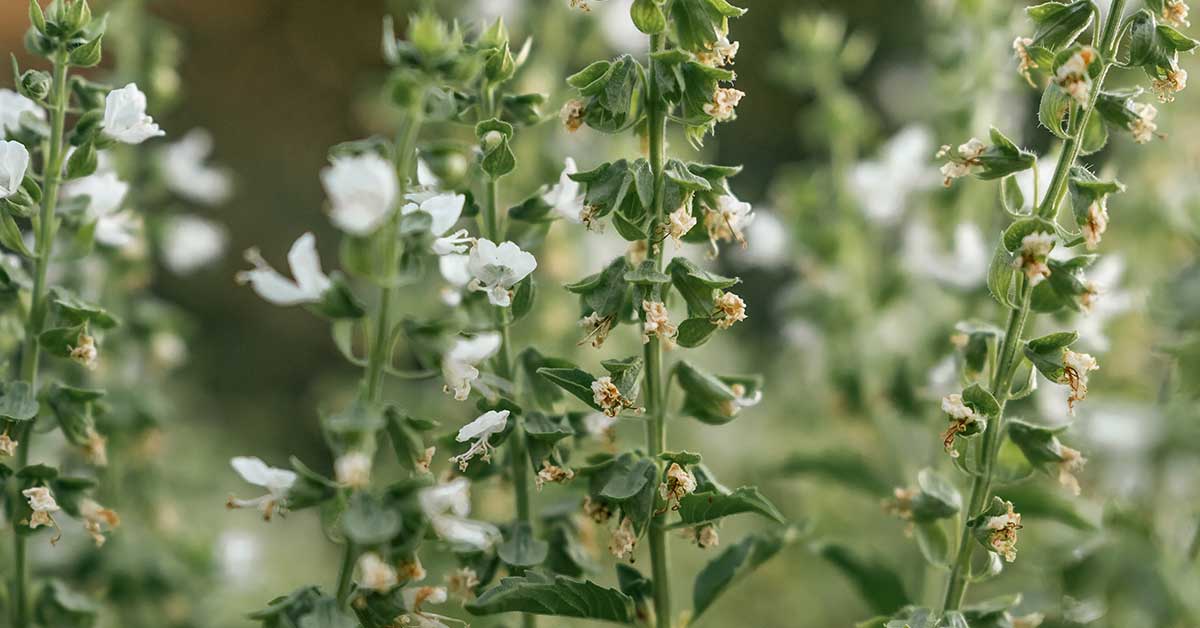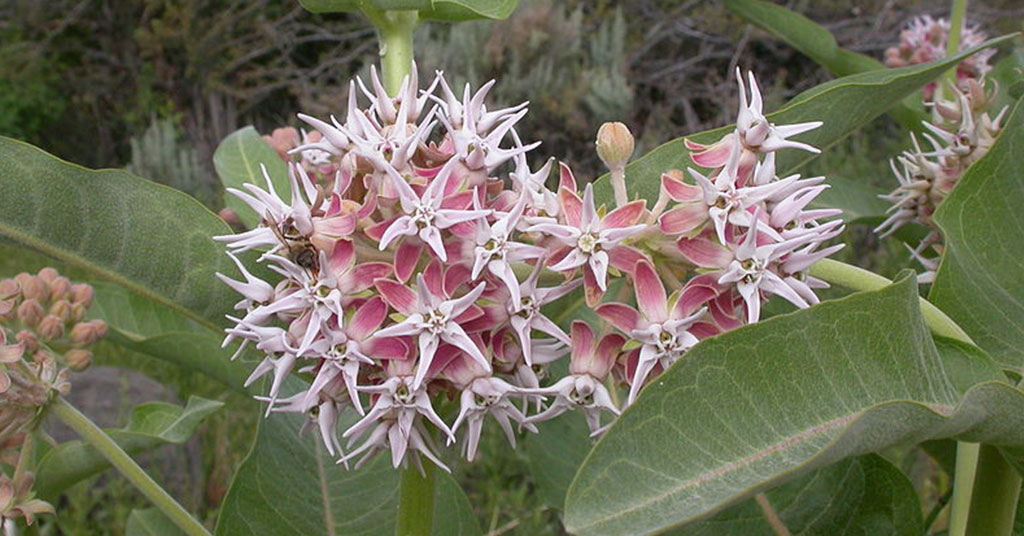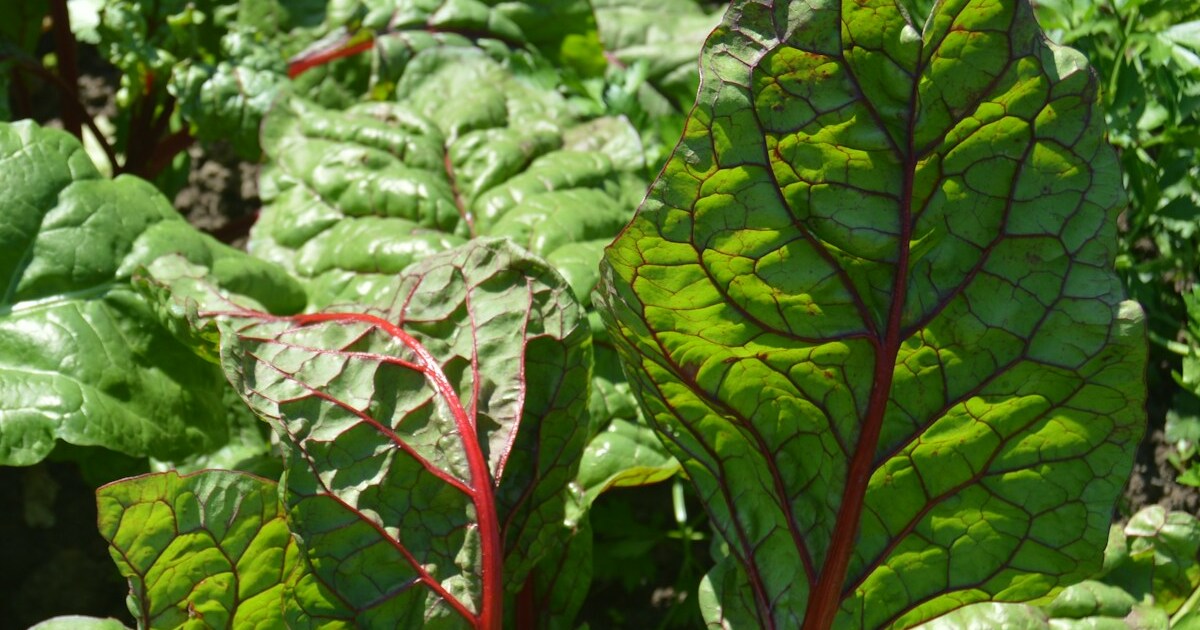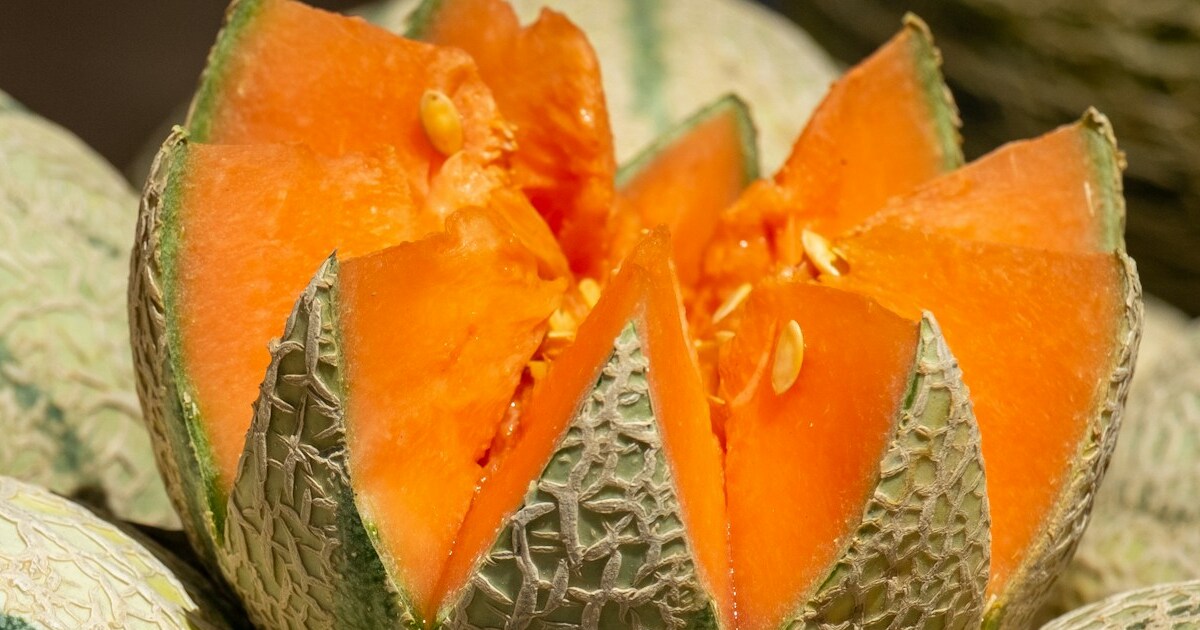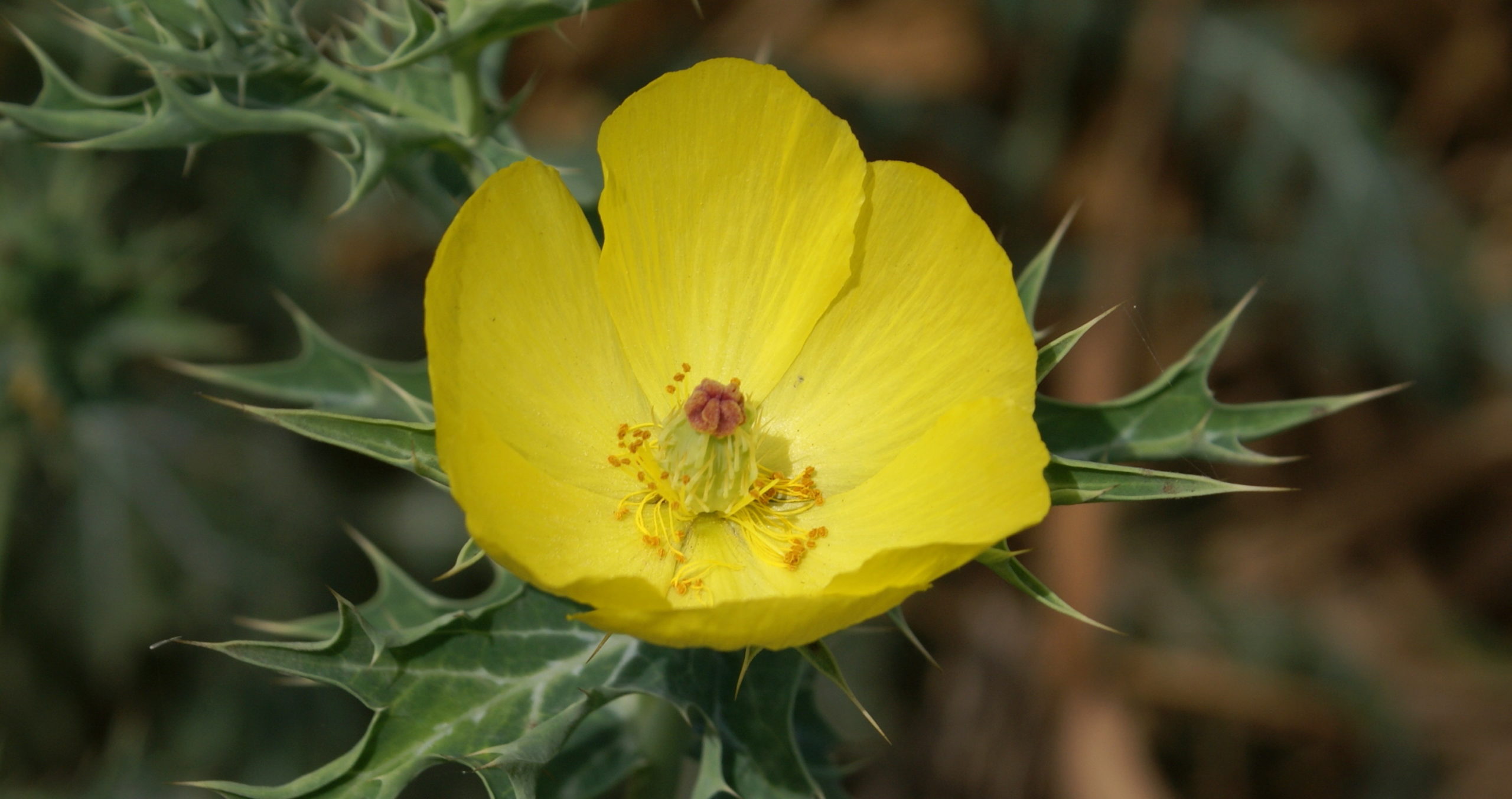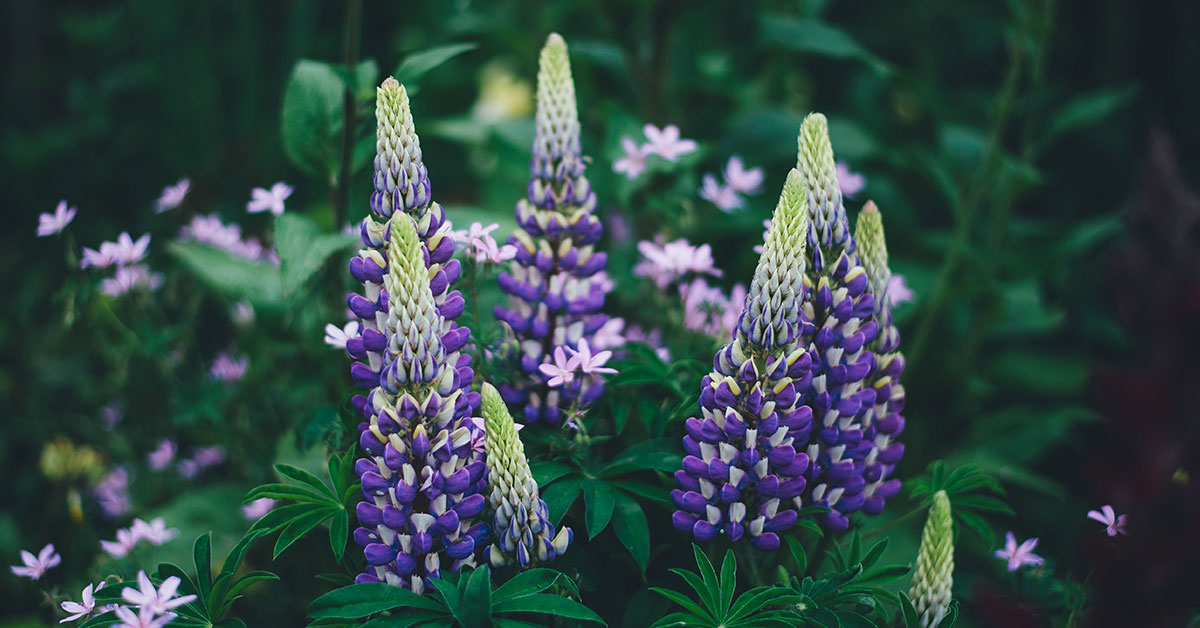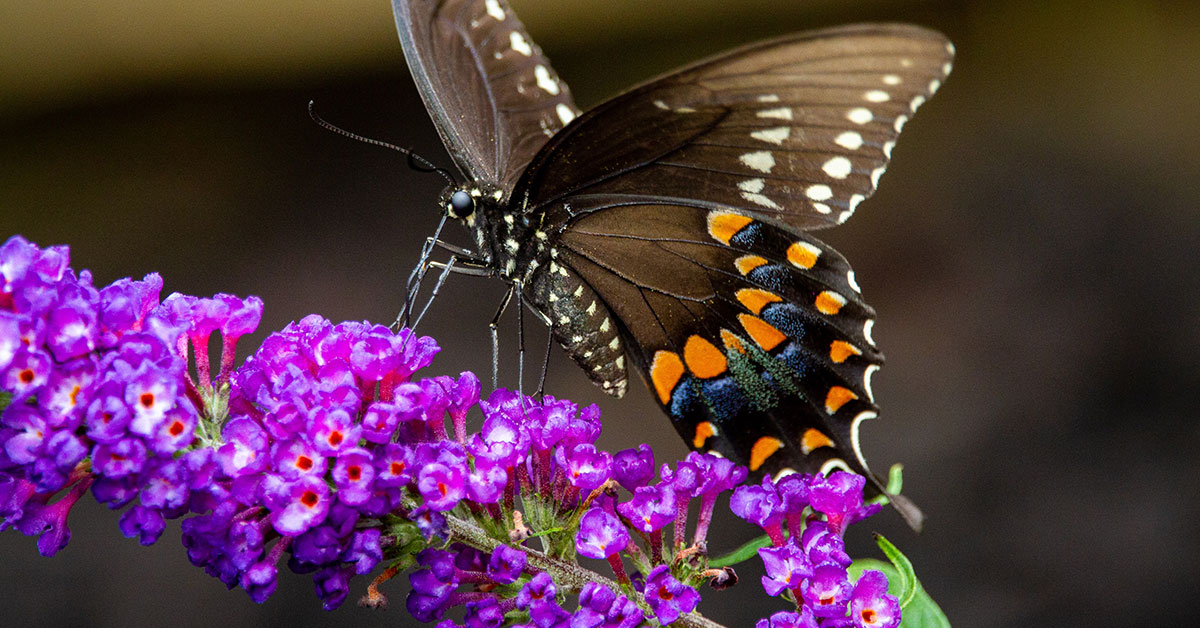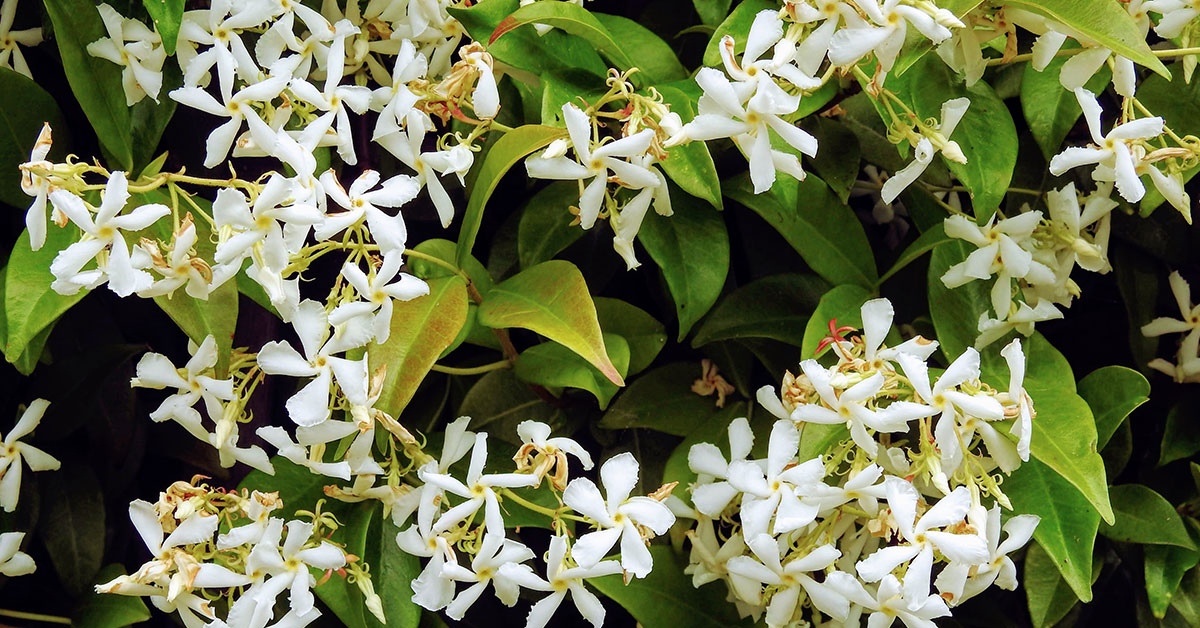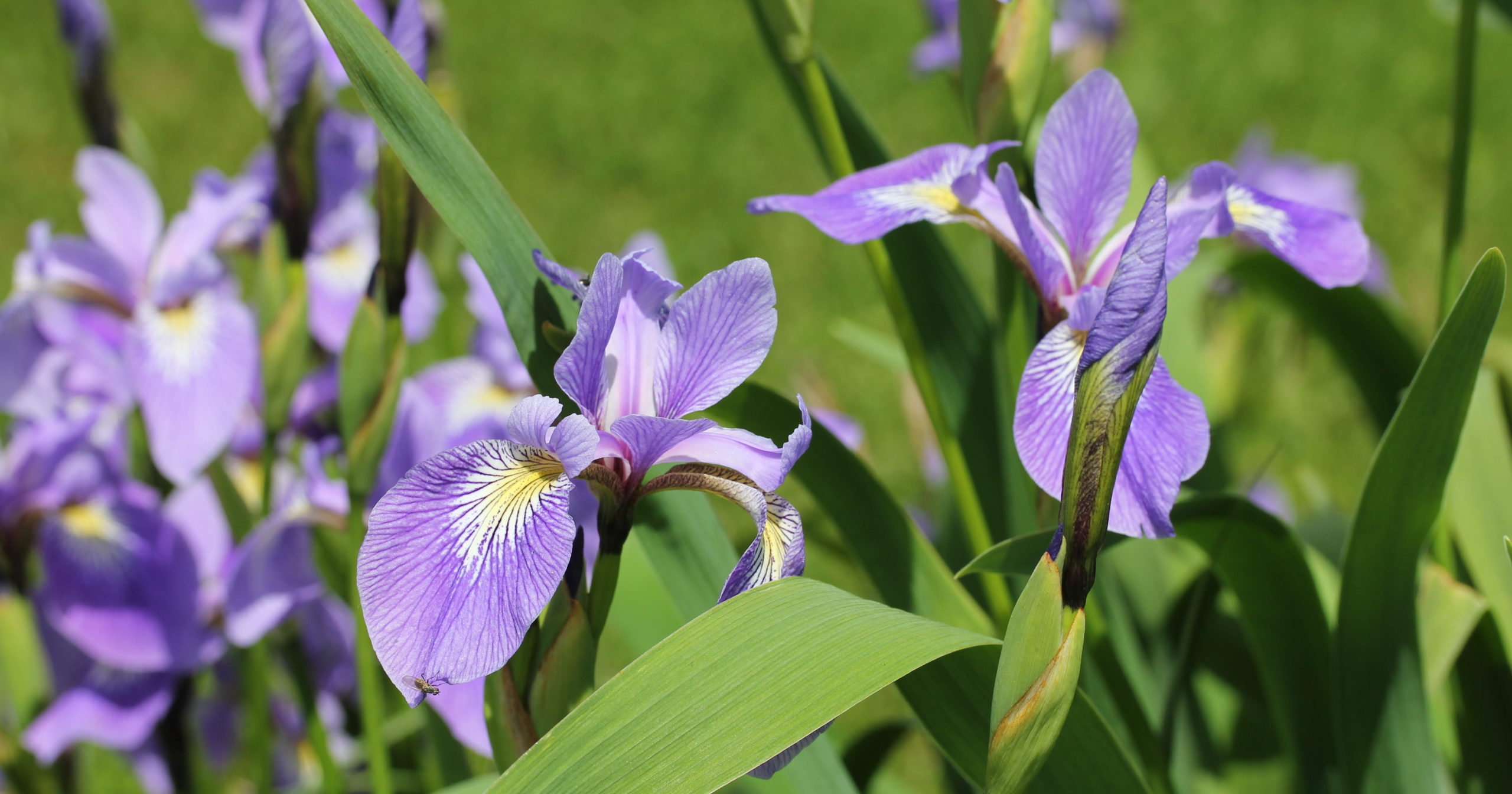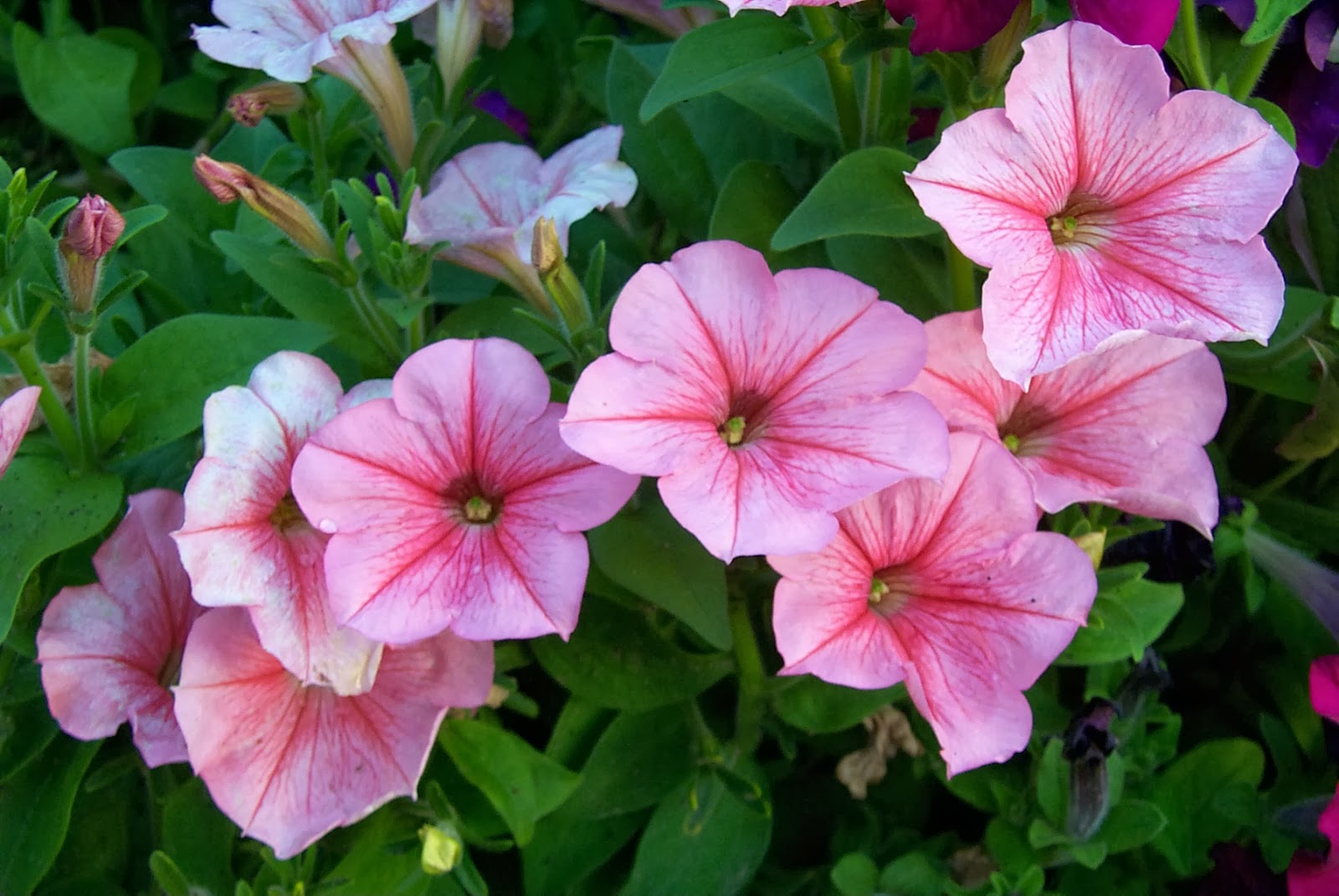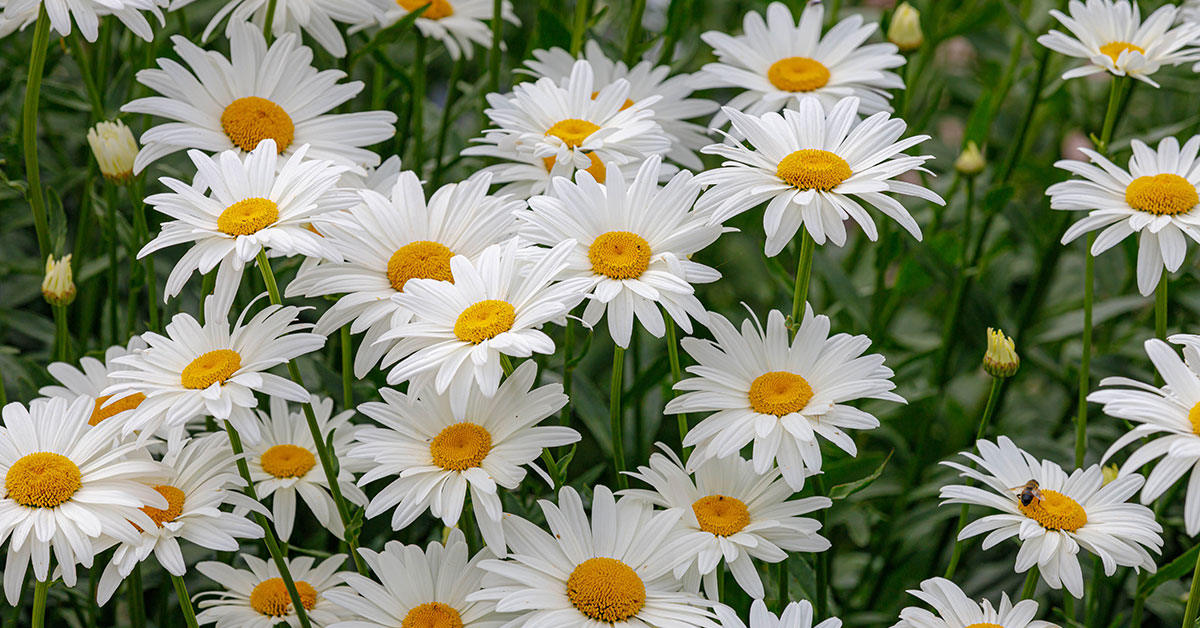There’s nothing quite as disappointing as watching those plump flower buds emerge at the tips of your beloved basil (Ocimum basilicum) stems—especially after months of coaxing lush, aromatic leaves from that Mediterranean favorite in your garden or windowsill pot! I know the temptation is strong to pinch off all those blooms to force more leaf growth, but before you snip away, consider the compelling reasons to let a few blossoms stay. Saving basil blooms not only extends the plant’s productivity but also unlocks a world of culinary, ecological, and creative benefits you might never have imagined.
Over the years, I’ve fallen head over heels for basil’s vibrant flavors, from sweet Genovese to spicy Thai varieties. Yet it wasn’t until I allowed some flowering that I discovered how those delicate white or pale pink umbels transform my garden into a haven for pollinators, produce heirloom seeds, and even inspire beautiful garnishes and homemade infusions. If you’ve ever struggled with a shady garden where blooms seem reluctant to emerge, or battled persistent pests munching on your leaves, read on—each reason below shares details about basil’s native origins, potential invasiveness in some climates, and how letting flowers linger can bring surprising joy and function to your growing space!
Attracting Beneficial Pollinators
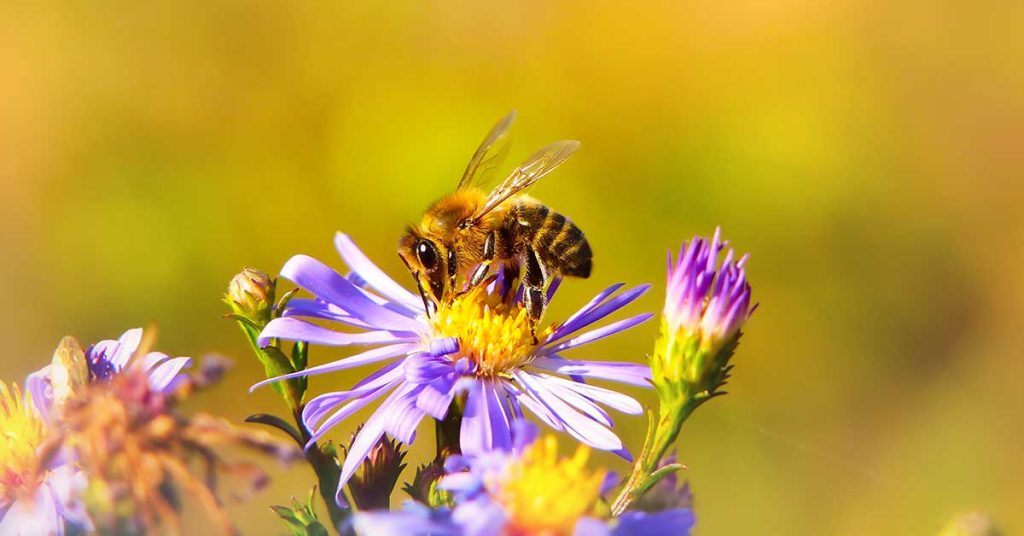
When basil blooms, those tiny clusters of white flowers become a nectar magnet for bees, butterflies, and hoverflies. Native to tropical regions of central Africa and Southeast Asia, cultivated basil has adapted to many environments—yet in its ancestral habitats, it coevolved with diverse pollinators seeking nectar from fragrant blooms. I’ve often spotted honeybees and small native bees nesting in the soil around my basil pots, drawn by the sweet floral scent and abundant pollen. Watching them busily flit between basil blossoms is a true delight, and it also benefits nearby plants by bolstering pollinator populations.
Even if your garden is squeezed into a sunny balcony, those small umbels offer an oasis for beneficial insects. Hoverflies, in particular, use the wide, flat flower faces as landing platforms, then lay eggs in nearby leaf litter. Once hatched, their voracious larvae chow down on aphids that would otherwise threaten your tomatoes or pepper plants. In turn, adult hoverflies sip nectar, becoming part of a balanced micro-ecosystem. Forget the frustration of slug invasions or aphid swarms—saving basil blooms gives nature’s tiny helpers a reason to stick around and protect your garden, making every flower worth its weight in leaf-making potential!
Extending the Plant’s Lifespan
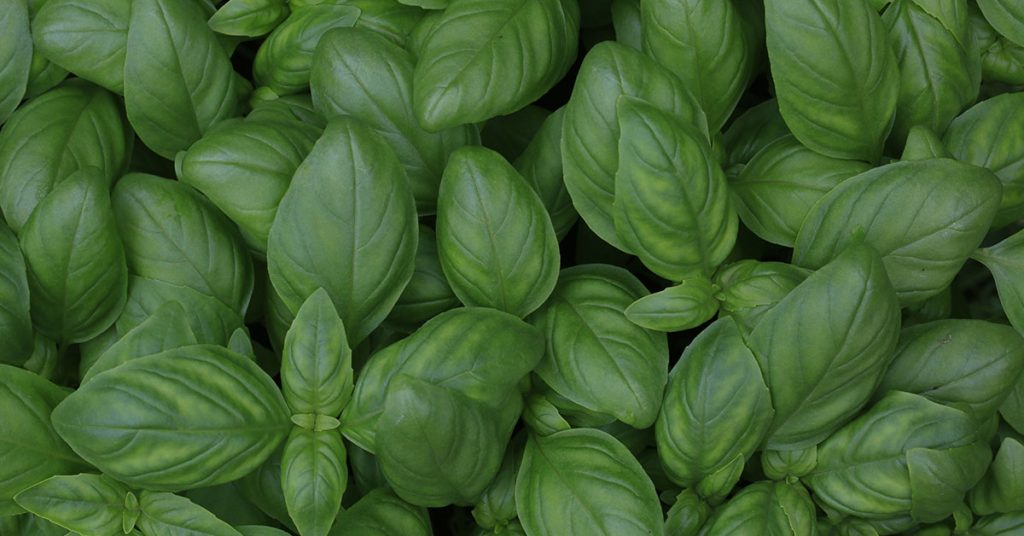
Contrary to the widespread belief that flowering signals a plant’s imminent demise, allowing basil to bloom can actually prolong its vigor—if done thoughtfully. Basil is fast-growing and prone to bolting under stress—especially when temperatures rise above 85°F or when water is spotted. By selectively saving blooms rather than pinching them all off, you encourage the plant to allocate energy to seed production, which can trigger a second wave of leaf growth. I’ve found that once my basil sets seed, I can harvest sturdy seeds, trim back the stalks, and watch a fresh flush of tender leaves emerge in just a few weeks.
This cyclical rebirth mimics how basil behaves in its native tropical climates, where rainy seasons can prompt wild basil to flower and reseed for the next growing period. In containers or raised beds, capturing those seeds and replanting them right where the old plant stood effectively renews your crop without needing additional seedlings. Rather than watching your basil linger in a perpetual downward spiral of leggy stems, giving blossoms a chance helps maintain robust leaf production well into late summer or even early fall—just the recipe for caprese salads on chilly evenings!
Harvesting Aromatic Edible Flowers

Basil’s flowers are more than garden eye candy—they’re delicate, edible wonders that infuse salads, cocktails, and desserts with subtle anise-like notes. When tiny florets appear at the tips of sweet or Thai basil stems, they reveal a concentrated essence of that signature basil flavor. One of my favorite treats is tossing a handful of these blossoms into a fresh burrata salad: as guests munch on creamy cheese, they get the unexpected pop of sweet, herbaceous blooms that sends taste buds into overdrive. Plus, because the flowers remain free of bitter stalk fibers, they’re a true culinary gem!
Whether you cultivate Genovese basil for pesto or Thai basil for pho, saving just a few flower heads allows you to sprinkle floral confetti atop homemade pizzas, infuse olive oil, or even freeze them into ice cubes for cocktails. No need to worry about invasiveness here—once you harvest the flower petals, you’re also reducing the chance of seeds dropping into surrounding soil. And if you leave behind entire seed clusters, you can still enjoy flavor-packed blossoms before collecting seeds for next season’s sowing. Those tiny white or lavender-tinged petals add an elegant flourish that elevates any dish from “homemade” to “gourmet” without much extra effort!
Producing Heirloom Seeds for Next Season
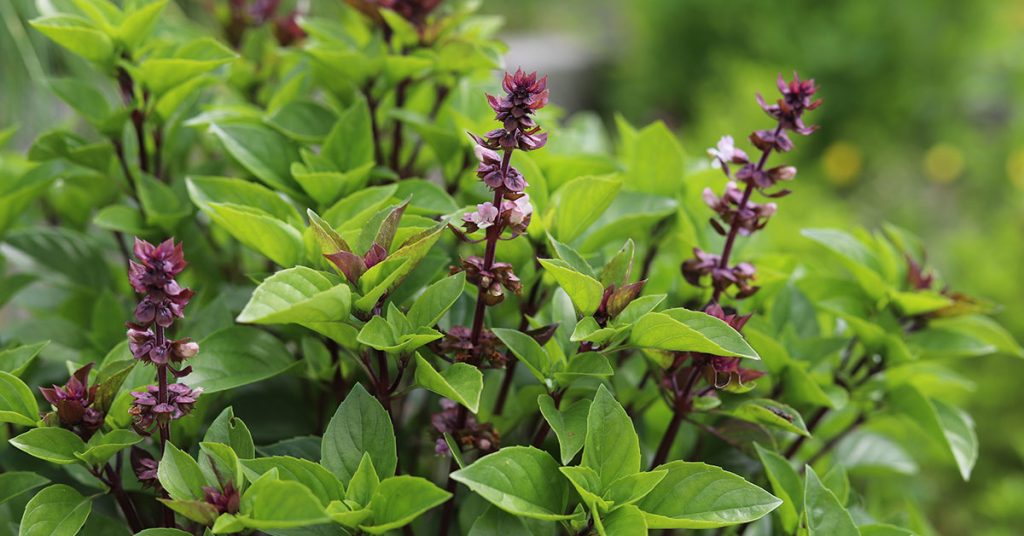
Allowing basil blooms to fully mature and set seed is like securing future seasons of fresh herbs—no need to buy new seedlings when you can save your own heirloom seeds. Basil, though widely cultivated, can cross-pollinate easily with nearby basil varieties. If you have multiple cultivars—say, sweet Genovese next to spicy cinnamon basil—saving seeds from a solitary plant requires isolating it or using row covers during bloom. However, if you only grow one variety, every flower head becomes a potential mini seed pod. Once those pods dry, you can gently crush them over a container to separate seeds and store them in a cool, dry place until spring.
Those seeds reflect the genetics of your most resilient plant, adapted to local soil, weather, and pests—traits that seed companies can’t replicate. I’ve noticed that seeds from my backyard basil consistently germinate faster and produce stronger seedlings than commercial seeds, possibly because they remember the microclimate I provided. Plus, saving seeds cuts costs and connects you with gardening rhythms: I often gather seeds right before the hardest frost arrives—an intimate ritual reminding me of seasonal transitions, and offering hope that next year’s garden will bloom anew from these tiny brown jewels.
Preventing Bitter Leaf Flavor
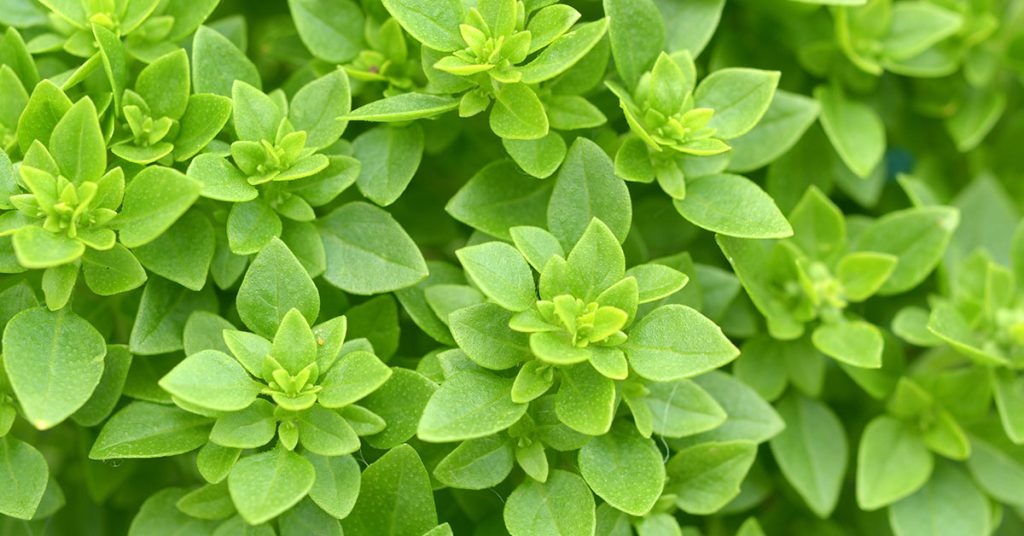
There’s nothing like the heartache of harvesting basil leaves only to discover a bitter edge that ruins the flavor of a summer sandwich or pesto batch. Often, that bitterness arises when basil begins to bolt—sending up flower spikes and redirecting nutrients from leaf tissues to seed development. By saving and removing basil blooms at just the right moment—when petals open but before entire seed heads form—you can prolong the lush, sweet taste of those leaves. In my own herb bed, I’ve learned that snipping off only the topmost few blossoms, rather than stripping entire stalks, helps maintain balanced flavor in remaining foliage.
Yet sometimes, overzealous pruning can backfire—if you remove every bloom indiscriminately, the plant keeps attempting to bloom, leading to chronic stress that still triggers bitterness. Instead, I let a few well-spaced flower heads remain to set seed, signaling the plant that its reproductive duty is done. As a result, leaves cluster lower on the stem, focusing energy on new growth rather than endless flowering. We all know the frustration of a pesto batch gone overly peppery—in fact, I once had two baskets of basil go to waste because I didn’t pinch blooms soon enough. Now, preserving just the right number of blossoms is a game-changer to flavor control!
Encouraging Biodiversity in the Garden

Though cultivated basil isn’t typically invasive, letting it bloom fosters biodiversity by providing habitat and nectar for myriad beneficial insects. In its native tropical regions—stretching from India through Southeast Asia—basil flowers attract a constellation of pollinators and predatory insects, creating a self-regulating micro-ecosystem. When I let blossoms develop in my small raised beds, I’ve witnessed native solitary bees digging small nests in the warm soil beneath bucketed basil plants. I’ve also spotted parasitic wasps hovering nearby, scouting for aphid colonies to lay eggs upon—an invaluable natural form of pest control!
Occasionally, I don’t fully harvest every blossom, letting seed stalks remain standing through winter. This practice offers protective cover for overwintering butterflies like the painted lady (Vanessa cardui), which sometimes nest among dried stalks. By spring, their caterpillars emerge to graze on fresher foliage, and the next generation of butterflies takes flight. That closed-loop cycle—basil flowers feeding pollinators, predators keeping pests at bay, and caterpillars kickstarting new plant vigor—demonstrates the ecological ripple effect of simply saving a handful of blossoms. It’s such a joy to watch life thrive where once I saw only a herb plant headed for the compost bin.
Creating Homemade Herbal Infusions

Basil blossoms, with their delicate flavor and high content of volatile oils, lend themselves beautifully to infusions—think basil-infused vinegar, oil, or simple syrups. When flowers are in full bloom, I gently steep them in a jar of white wine vinegar for two weeks, shaking daily; the result is an aromatic vinegar perfect for salad dressings and vegetable marinades. Alternatively, steeping blooms in warm olive oil (gently heated but not boiled) produces a fragrant basil oil that elevates grilled vegetables or homemade dipping sauces. There’s something inherently satisfying about freezing those floral oils into ice cubes and dropping them into a sweltering cold drink!
Beyond culinary delights, floral infusions offer mild medicinal benefits. Basil, native to the Indian subcontinent, has been valued in Ayurveda for its anti-inflammatory properties. I often brew a simple tea using a handful of blossoms and leaves— but infusing only the flowers creates a lighter, more aromatic sip that helps soothe mild headaches or indigestion. Slipping a few fresh blooms into cheesecloth and hanging it in the shower makes for a spa-like experience, as the steam carries essential oils into the air. Whether you’re steeping, simmering, or simmering down, saving basil blossoms unlocks a treasure trove of aromatic creations!
Enhancing Decorative Landscaping

Let’s not forget the aesthetic coup of basil blooms! That nodding cluster of tiny white or purple flowers lifts the visual appeal of garden beds, container arrangements, and even urban window boxes. When I allow a few stalks of ‘Amethyst Falls’ or ‘Dark Opal’ basil to flower, their blurry blossoms add a soft, ethereal quality atop glossy green foliage—like nature’s confetti. Paired with marigolds, zinnias, or verbena, those delicate umbels help orchestrate a tapestry of color and texture at your entrance or patio edge.
Even in summer bouquets, basil flowers offer a whimsical touch: pluck a few heads, fill a small vase with water, and display them on a kitchen windowsill. As they fade, their companion leaves produce a sweet scent that lingers in the room. Plus, because basil once spread naturally along riverbanks in its native Mediterranean zones, it thrives in loose, well-drained soil, making it an easy partner in mixed borders. Saving blossoms creates visual continuity: when peppered among taller annuals, these clusters dance in the breeze, creating a welcoming, sensory-rich ambiance that beckons friends to linger longer!
Transitioning to Culinary Flower Garnishes

Once you’ve experimented with edible basil flowers in salads and infusions, you’ll likely want to explore their potential as standalone garnishes. The petals’ subtle minty-anise flavor elevates dishes visually and gastronomically: scatter a few over creamy burrata, rest them atop a chilled gazpacho, or float them on homemade cocktails. I’ve found that pairing Thai basil’s lavender blossoms with a squeeze of lime and a sprinkle of chili flakes on grilled shrimp creates an unforgettable appetizer—guests marvel at the interplay of floral sweetness and fiery tang!
Saving basil blooms takes practice—harvest in early morning when essential oil levels peak, and store blossoms loosely in a paper towel–lined container in the fridge to maintain freshness. Unlike hardy flowers such as nasturtiums, basil petals bruise easily, so handle with care. Yet once you master this art, you’ll find yourself topping dishes with edible floral confetti that transforms even the humblest meals into culinary adventures. Those intimate moments—plucking a tiny petal, inhaling its fragrance, and tasting its concentrated essence—remind me why teaching others to save basil blossoms is among my most rewarding gardening lessons!


